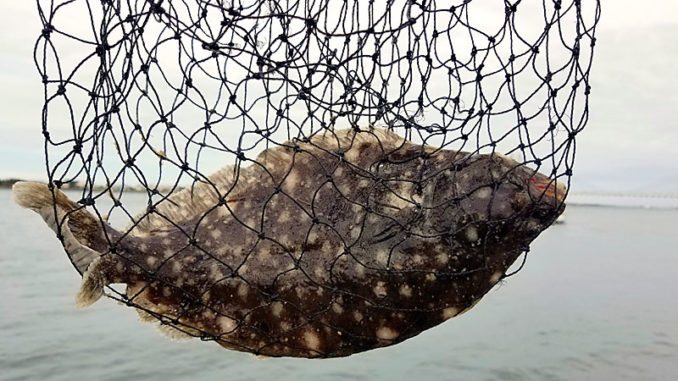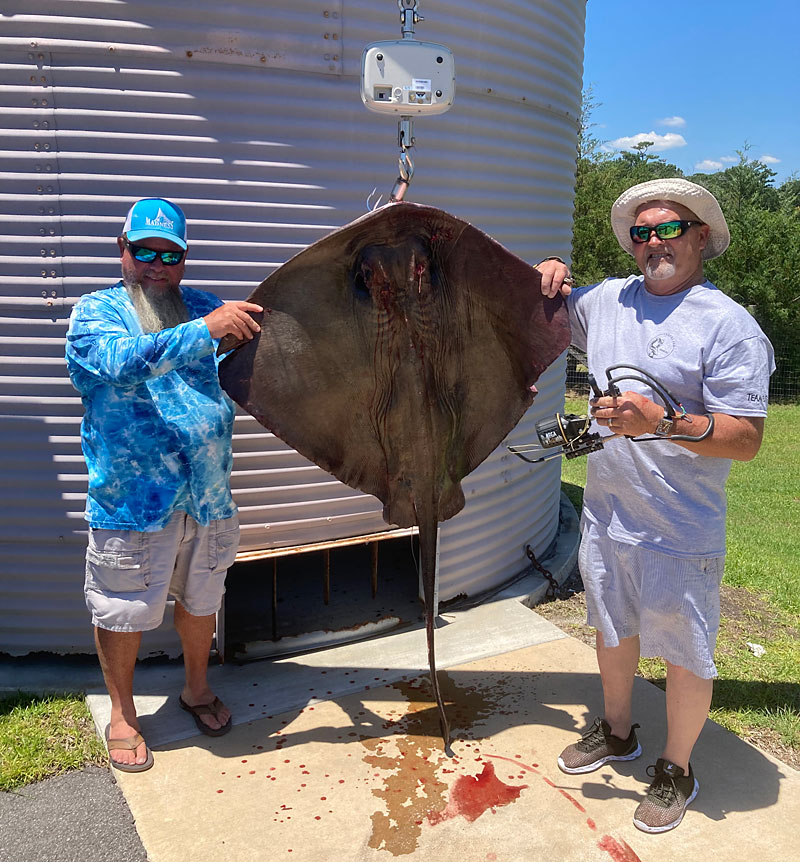
I am always interested in seeing how the powers that be deal with issues regarding fish and wildlife, and when changes happen that involved the same species, in both Carolinas, at just about the same time, it’s instructive to watch how things develop.
On June 15, Gov. Henry McMasters of South Carolina signed into law a bill passed by both houses of the legislature that cuts way back on the number of flounder a fisherman can keep in a day’s time, in response to data indicating that southern flounder numbers are on the way down.
The bill lowers the daily creel limit from 10 to six, not to exceed 10 fish per boat, per day, which is down from 20. In addition, it raises the minimum size from 15 to 16 inches.
The regulations, which took effect on July 1, appear to be a reasonably good, proactive move to protect flounder numbers while biologists try to figure out why those numbers are dropping.
Now, to the Old North State.

The folks who manage saltwater fishing there have been reporting troubles with southern flounder for years, based on precipitous drops in commercial and recreational landings. Those same folks, faced with data that shows more than 70% of flounder being caught are winding up the possession of commercial fishermen, have little by little been chipping away at the number of flounder recreational fishermen can catch and keep, dropping the limit from eight to five to four, and raising the minimum size to 15 inches, while allowing commercial netters to pretty much continue business as usual.
In the fall of 2019, the powers that be closed the recreational season, and for 2020, they limited recreational fishermen to six weeks between mid-August and the end of September, with no change in the creel limit.
None of that worked. Despite the recreational season being compressed into six weeks, and with commercial fishermen getting around 75 days, the harvest was still too high, keeping the fishery from any sort of recovery. At least that’s what the biologists’ numbers say. Fishermen around North Carolina bragged all last year about how many flounder they were catching.
So in mid-June, the N.C. Division of Marine Fisheries decided it needed to do something, what with thousands of flounder fishermen out there putting deposits down on places at the beach for the same six weeks as 2020. It compressed the recreational season into two weeks: Sept. 1-14. The 4-fish creel limit stayed the same, and the minimum size stayed the same, but now, everyone in North Carolina who likes catching flounder is going to head to the beach and keep everything that even breathes on their hooks for those two weeks. At least commercial fishermen will share the punishment; their season was cut, basically, to three weeks.
Will North Carolina fishermen look south of the border? Maybe imagining that, South Carolina used its flounder legislation to double out-of-state fishing license fees. If you can’t manage your own flounder fishery, why come catch our fish? Good question.




Be the first to comment